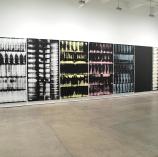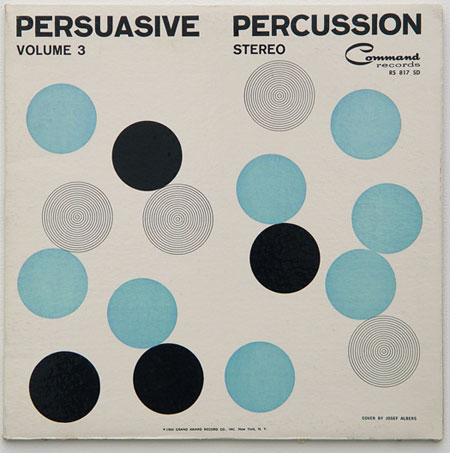to minus space press release: here is another project of "classical violinist, bandleader, and sound recording engineer" Enoch Light: [jpeg]
(hat tip to mark)
Update: Schwarz explains the problem with the Minus Space press release well:
to elaborate on moodys point: minus space fails to point out that regardless of the deserving museum quality presentation of albers graphic package design, he was functioning as a hired gun (hired by light for his self released projects) to put a highbrow face on elevator music schlock. light blended hammed up stereo effects, symphonic hi-fidelity and faux beat-nick bongo sensibilities for the wanna-be audiophile market of the day. a questionable direction now appreciated in the mostly ironic terms of the current retro "lounge-music" listening genre. not those of a violin master as stated. no properly contextualizing mention of that cultural value disconnect in product and package.
Guessing the Minus Spacers are too young to have lived through Enoch Light but that's no excuse for rewriting history; this info is all available--fortunately Masheck's review politely set them straight.


